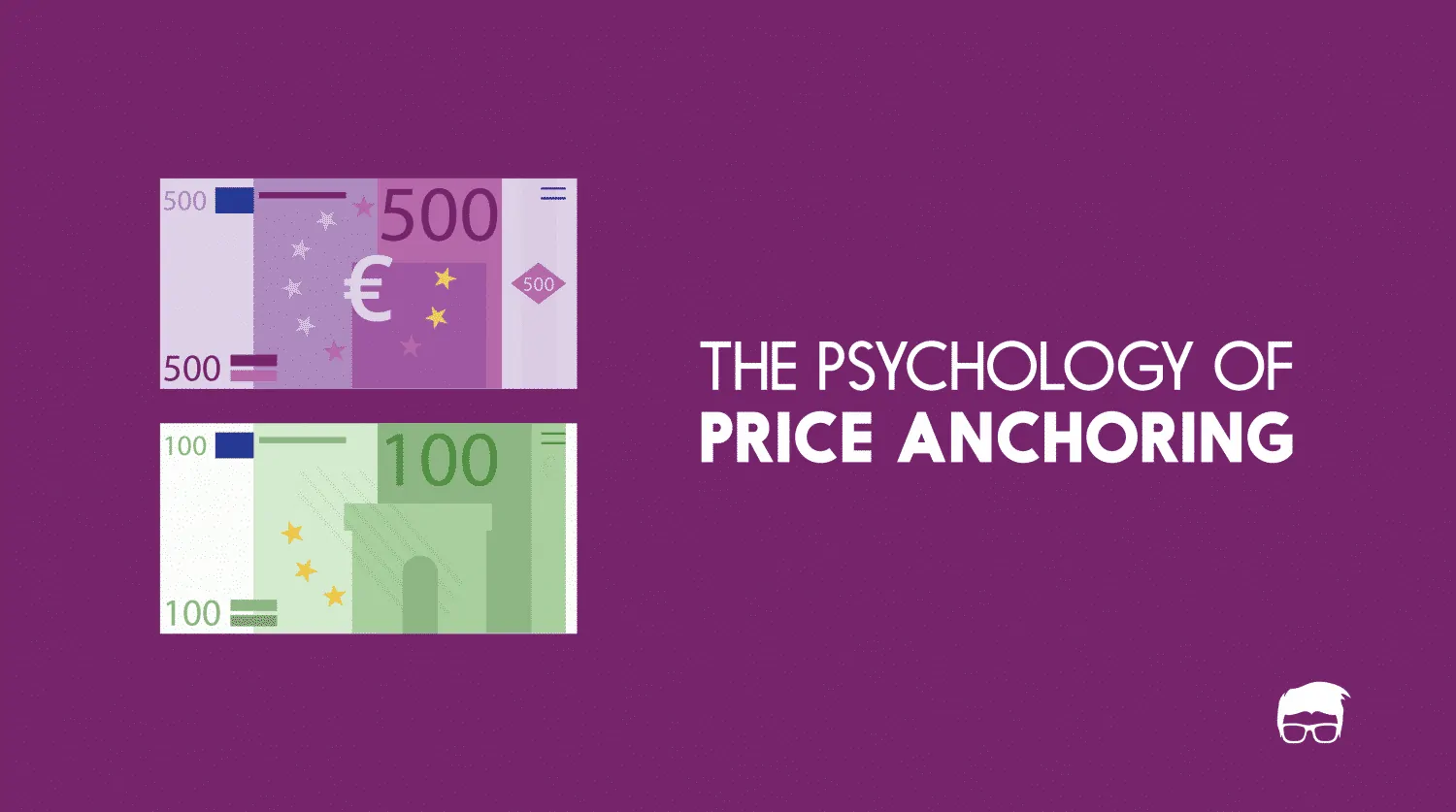When a customer goes to a grocery store to buy some wheat flour or uses a food delivery app to order a burger, the customer is expected to pay for these offerings. The money charged here is the price. But the price that we pay for these offerings has more to it than just that.
What exactly is price? What determines the price of an offering? Is it the same as cost?
Let’s find out!
What Is Price?
Price is the value or money customers give up in exchange for a particular offering that would serve to satisfy their needs and wants.
In simple terms, a price is the measure of the value a customer exchanges to purchase an offering.
Prices serve as an economic mechanism using which offerings can be distributed among customers in the marketplace.
They also act as indicators of the extent to which an offering is demanded and also the extent to which it is supplied or available.
The price of a product is the overall value of the offering, including the value of all raw materials and service that went into making an offering. The price of service considers all elements involved in the making of the service what it is.
Function Of Price
In a free market, prices serve several purposes. Below listed are some of the functions of prices:
- The rationing function of price: Prices have the ability to ration scarce resources. A scarcity of resources causes the resource’s price to go high, allowing only those customers to buy who show both willingness and ability. For example, diamond is a luxury offering that can only be bought by those who are willing and have enough financial resources to purchase it.
- The signalling function of price: Often, an offering’s price varies due to its demand and supply volumes – by the scarcity or the surplus of an offering in the marketplace. If an offering’s demand is high, but the supply is low, the market evidently will see a rise in its price. For example, gold is a scarce resource that sees a constant rise in its price over the years as its demand increases. Similarly, if the market has an excess of a particular commodity due to lower demand and higher supply, its price tends to decrease. It would enable the elimination of surpluses of this commodity in the market.
- The incentive function of price: Usually, when a commodity’s price rises, it is because its demand has increased. This allows suppliers a look into the changing demand trends of customers in a marketplace. Accordingly, they would prefer to produce that particular offering as it is more likely to be profitable.
- The transmission function of price: Prices necessarily transmit information to all those involved in the marketplace, and this, in turn, enables both producers and customers to make an informed decision in the marketplace. For example, a good quality offering might cost more than an offering that used cheaper raw materials. Hence, a customer would be able to get this information from the drastic difference in these similar offerings’ prices. Similarly, an offering’s price would help a supplier determine the kind of demand an offering sees in the market. This would allow the supplier or producer to decide whether the offering’s production and supply would help them gain a more significant profit.
How Are Prices Determined?
Prices depend on the law of demand and supply. That is, it rises or falls till the quantity demanded equals the quantity supplied. This point is called the equilibrium price.
If the demand of an offering is more than its supply, the price rises, allowing only those buyers to access the offering who have the willingness and ability to buy it. The rise is till both demand and supply meet at an equilibrium.
If the supply exceeds the demand, the price falls to the point of equilibrium.

Difference Between Price And Cost
People often use the terms price and cost interchangeably. One may say, “I had to pay a high cost for this brand new television set”. While the sentence still conveys the message when used in conversations, both price and cost are technically different concepts when we talk about finance.
While the price of an offering is the monetary amount a customer pays to acquire a certain offering, the cost of offering considers the seller’s expenses in manufacturing the offering. Simply put, the price concerns the buyer, while the cost concerns the seller or the producer of an offering.
Firms with profit maximisation objectives will look for ways to reduce the cost so that the price exceeds it, enabling them to gain greater profits. If the price of an offering is set to a lower point where the costs are higher than the price, the firm will make losses as the seller does not recover the amount that he spent on manufacturing the offering. Meanwhile, if the offering’s price and cost are the same, it is said that the firm is at its break-even; it makes neither profits nor losses.
Go On, Tell Us What You Think!
Did we miss something? Come on! Tell us what you think about our article on what is price in the comments section.
A startup enthusiast who enjoys reading about successful entrepreneurs and writing about topics that involve the study of different markets.
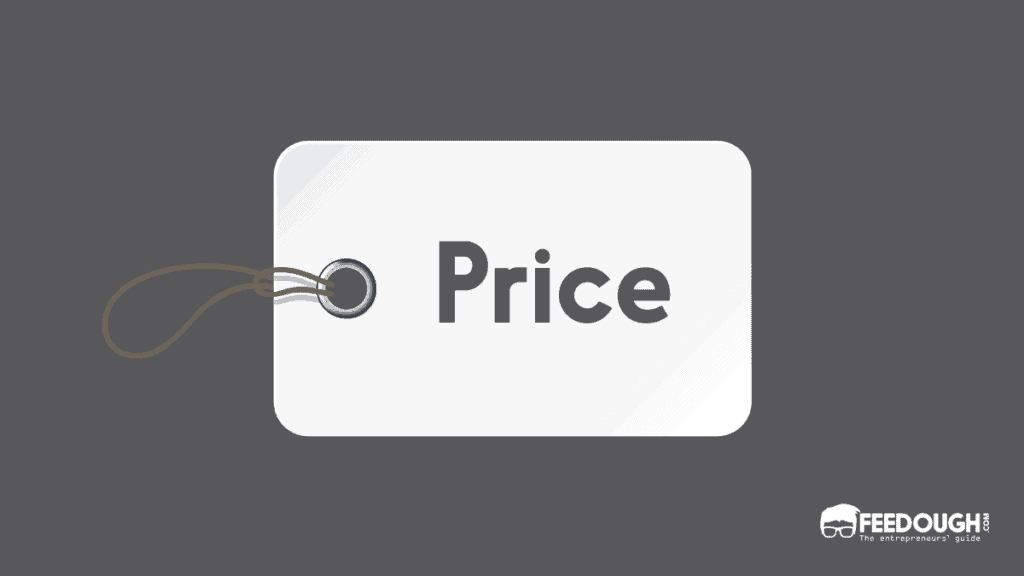
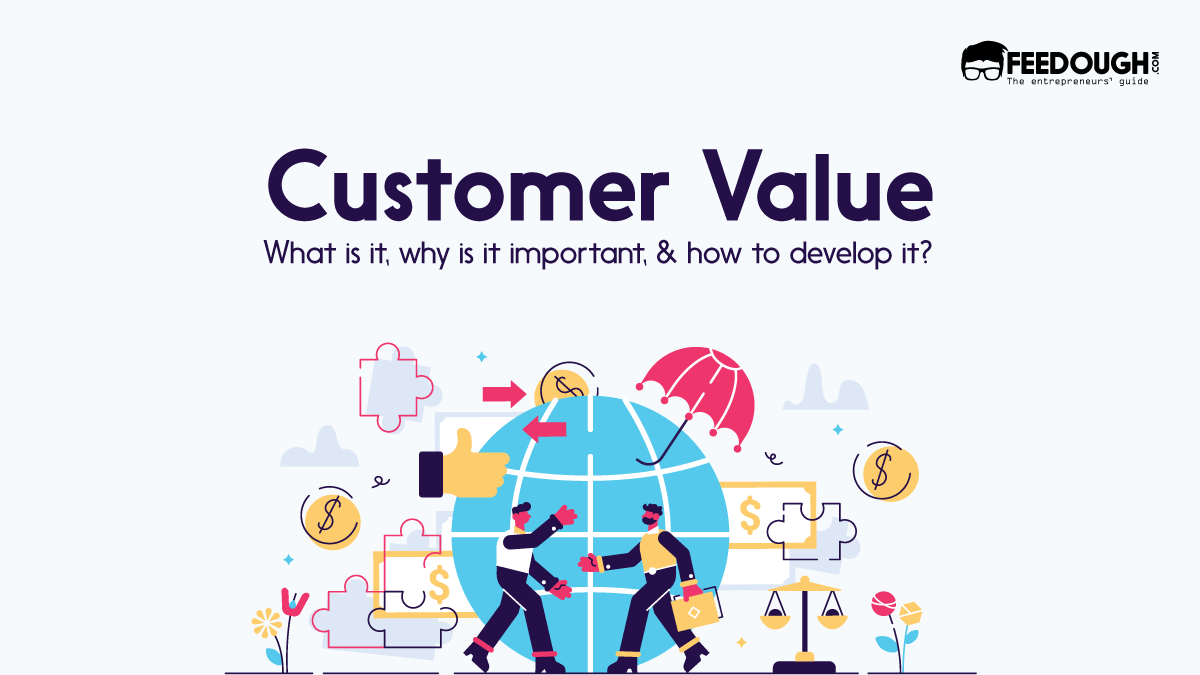
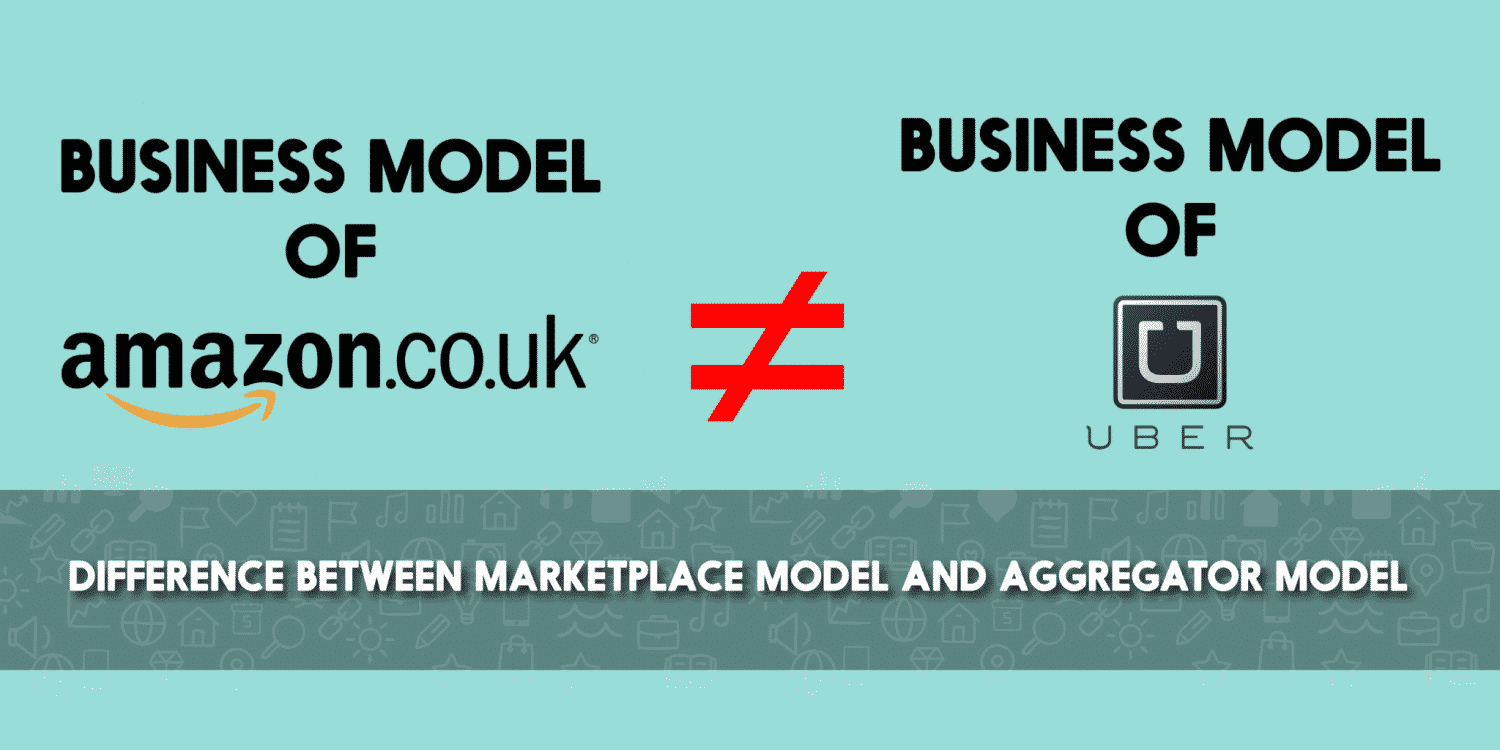
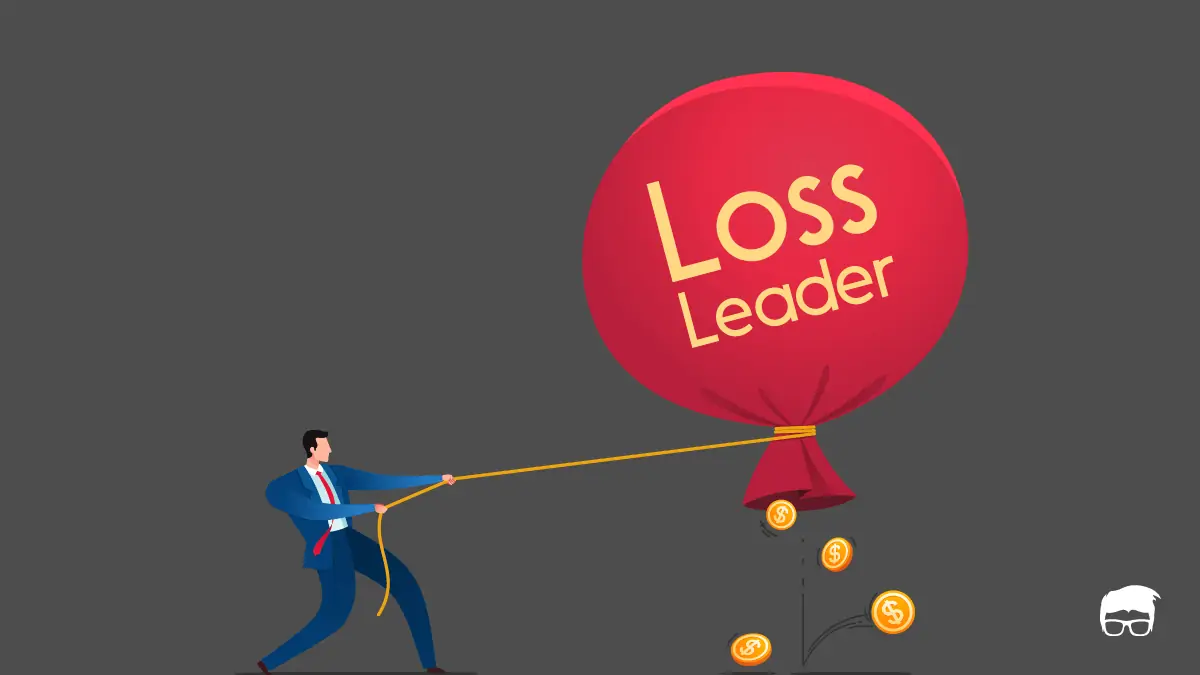
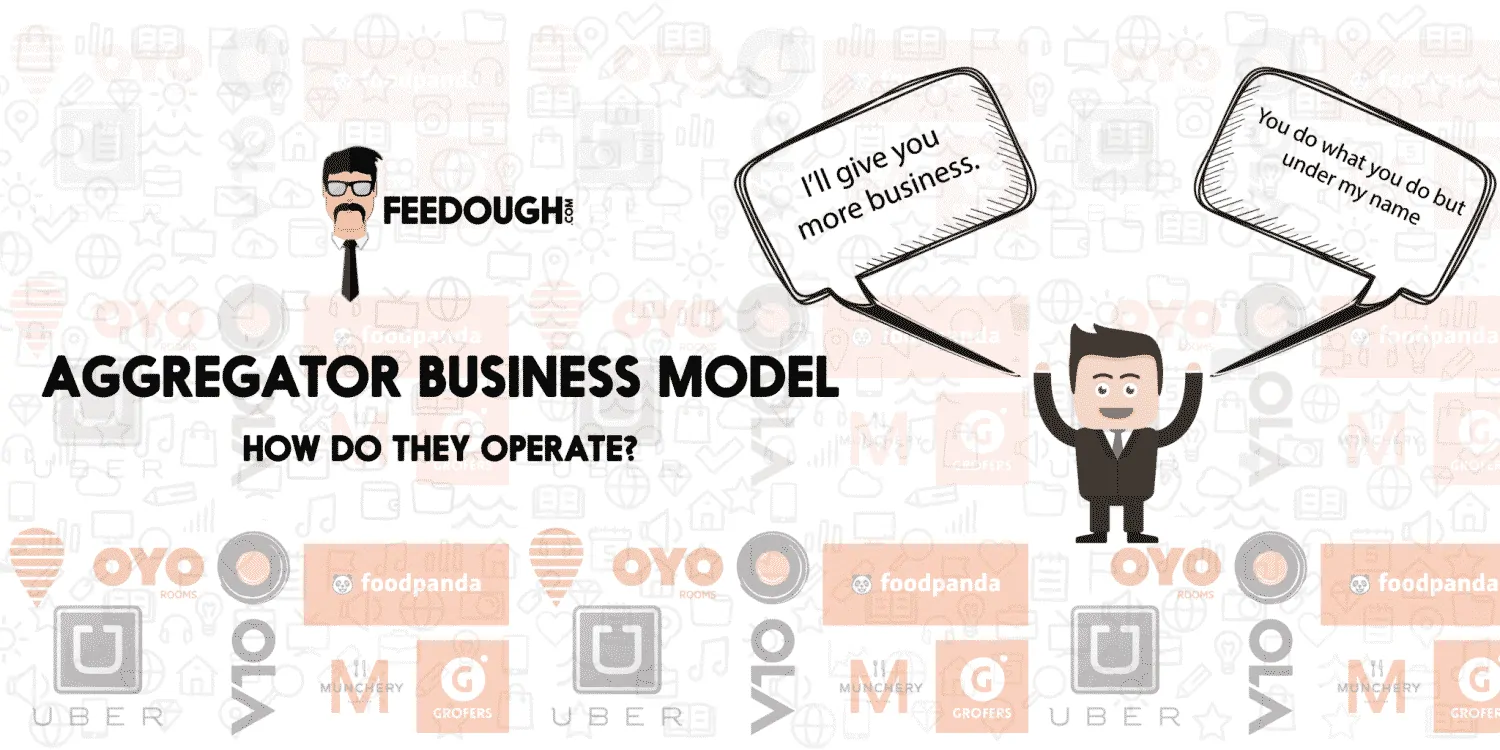
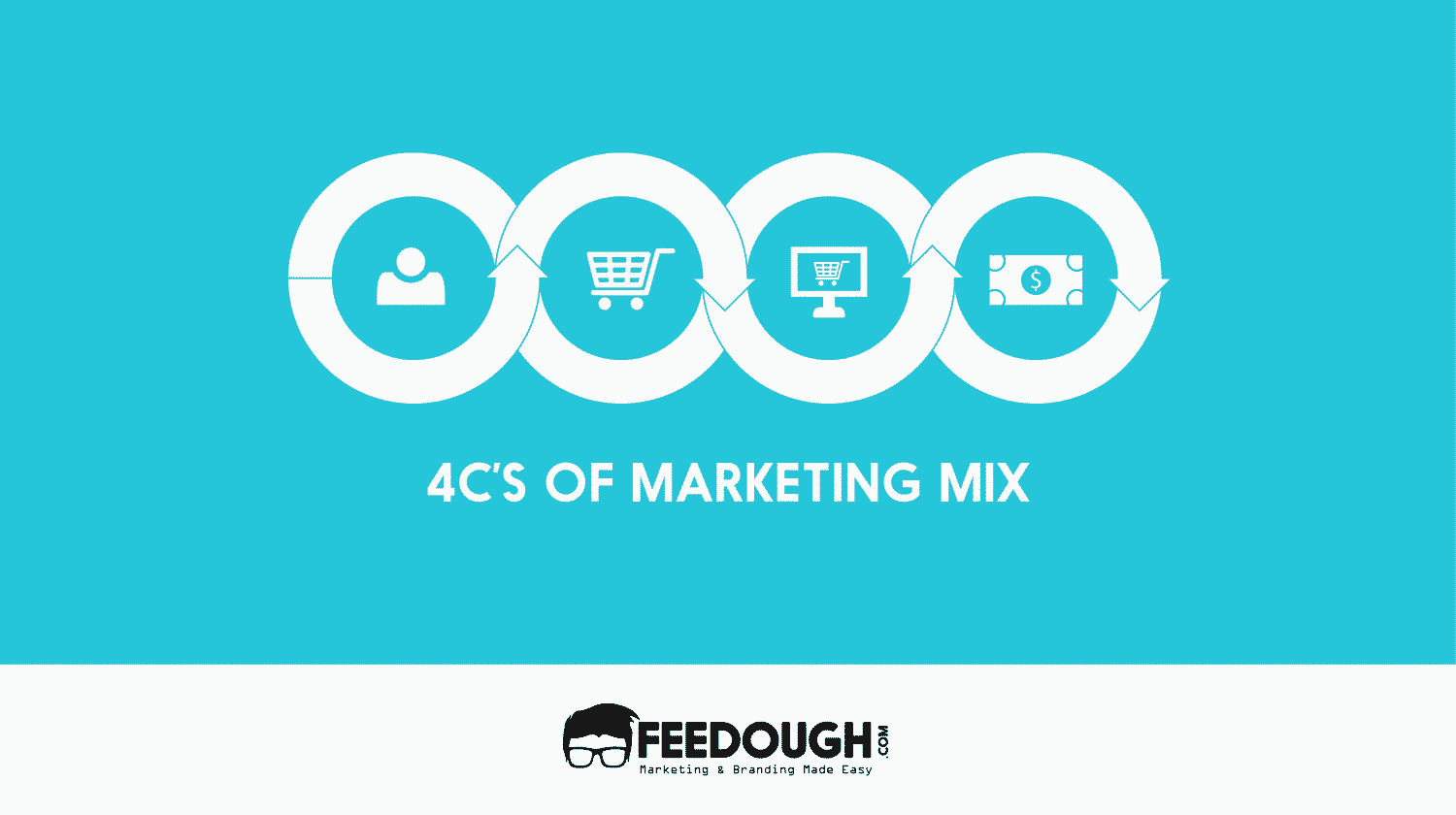
![Name Your Own Price [NYOP]: What Is It & How It Works? WHAT IS IT & HOW IT WORKS?NAME YOUR OWN PRICE](https://www.feedough.com/wp-content/uploads/2019/12/name-your-own-price-2.webp)

